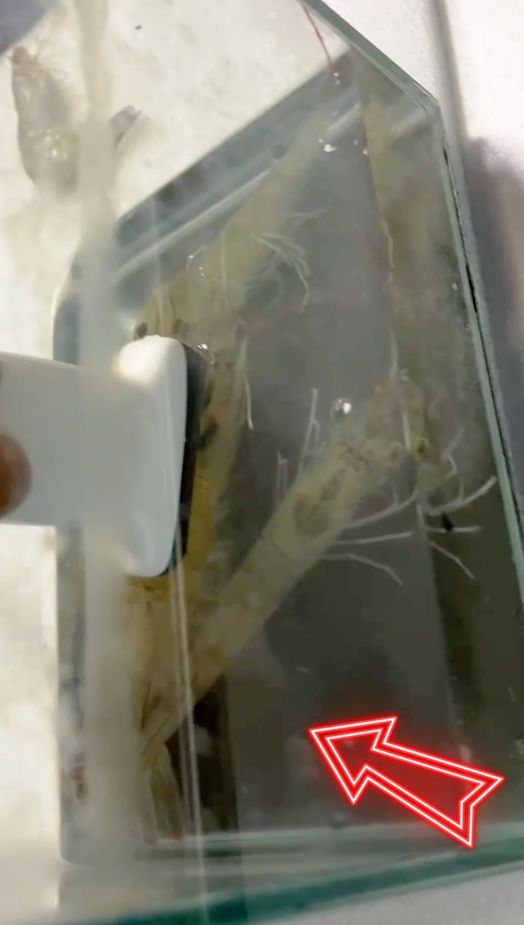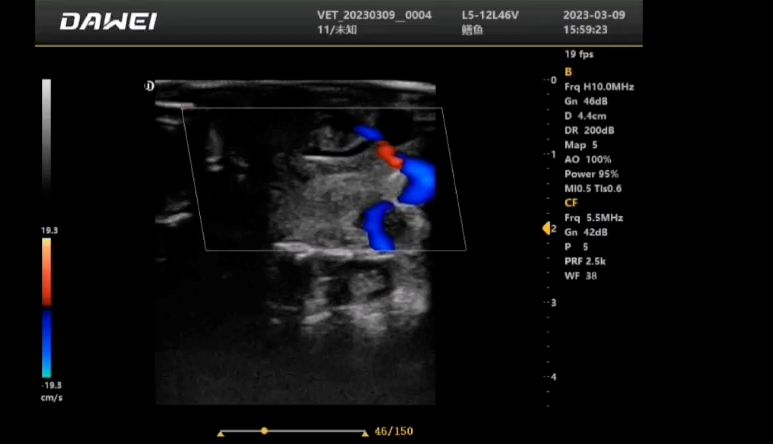In the ever-evolving field of marine biology, the application of ultrasound technology has opened up new frontiers in the monitoring and care of marine animals. Dawi Pet Medical’s L3 Veterinary Ultrasound Machine, a cutting-edge solution in the veterinary ultrasound market, is now being used to measure the heart rate of lobsters, a key species in marine biology. This innovative use of ultrasound technology brings significant benefits for marine life research, particularly in the study of crustaceans and other marine animals.
Dawi L3 Veterinary Ultrasound: Revolutionizing Marine Animal Care
The Dawi L3 Veterinary Ultrasound Machine is designed for high-precision diagnostic imaging, typically used in land-based animal care. However, with advancements in marine biology, its capabilities are now being harnessed for aquatic life. This ultrasound system offers crystal-clear imaging, allowing marine biologists to monitor the health of marine animals, including lobsters, and conduct essential studies on their physiology, including heart rate and other vital signs.
Measuring Heart Rate in Lobsters with Marine Biology Ultrasound
Lobsters, as vital members of the marine ecosystem, have often been difficult to monitor due to their aquatic environment and unique physiology. With the introduction of the Dawi L3 ultrasound, researchers now have the ability to accurately measure the heart rate of lobsters in their natural habitat or controlled environments such as marine research labs and aquariums. The L3′s high-resolution imaging and advanced probes ensure non-invasive, real-time data collection, offering a unique tool for marine biologists and researchers.
Key Features of the Dawi L3 Ultrasound for Marine Biology Applications
High-Resolution Imaging: The L3’s advanced imaging system provides clear, accurate visuals, critical for studying the heart rate and overall health of marine animals like lobsters, fish, and other marine species.
Portable and Compact Design: Perfect for on-site research, the L3 is lightweight and portable, making it ideal for marine biology applications, whether on boats, in aquariums, or underwater research environments.
Versatile Probes: The system’s specialized probes are tailored to the specific needs of marine biology, including high-frequency probes suitable for monitoring smaller creatures like lobsters, as well as larger marine mammals.
Non-invasive and Real-Time Diagnostics: The ultrasound’s non-invasive nature allows researchers to conduct health assessments without disturbing the marine environment, ensuring more accurate, stress-free data collection.
Marine Ultrasound Applications Beyond Lobsters
The use of ultrasound in marine biology extends far beyond lobsters. Marine biologists can now apply these advanced diagnostic tools to monitor the health of various marine animals such as fish, dolphins, seals, and even whales. Ultrasound devices like the Dawi L3 offer a reliable method to assess the health, pregnancy, and overall physiological state of these animals, allowing for improved care, better conservation efforts, and deeper insight into their biology.
Applications in Marine Ecosystem Research
Marine ultrasound devices are crucial for studying the ecosystem as a whole. With the ability to measure vital signs, observe health changes, and detect diseases in marine life, ultrasound systems like the Dawi L3 play an instrumental role in marine conservation efforts. These tools help researchers understand the impact of environmental changes on marine animals and the ecosystem at large, enabling more effective conservation strategies.
A Step Towards Better Marine Animal Care
The integration of Dawi Veterinary Medical’s L3 Veterinary Ultrasound into marine biology is a groundbreaking development that opens up new possibilities for studying marine life. From measuring the heart rate of lobsters to ensuring the health of marine mammals, this ultrasound system is revolutionizing how marine biologists approach animal care and research. As marine biology continues to grow in importance, technologies like these are essential for ensuring the health and sustainability of marine ecosystems around the world.
Post time: Jul-17-2025





